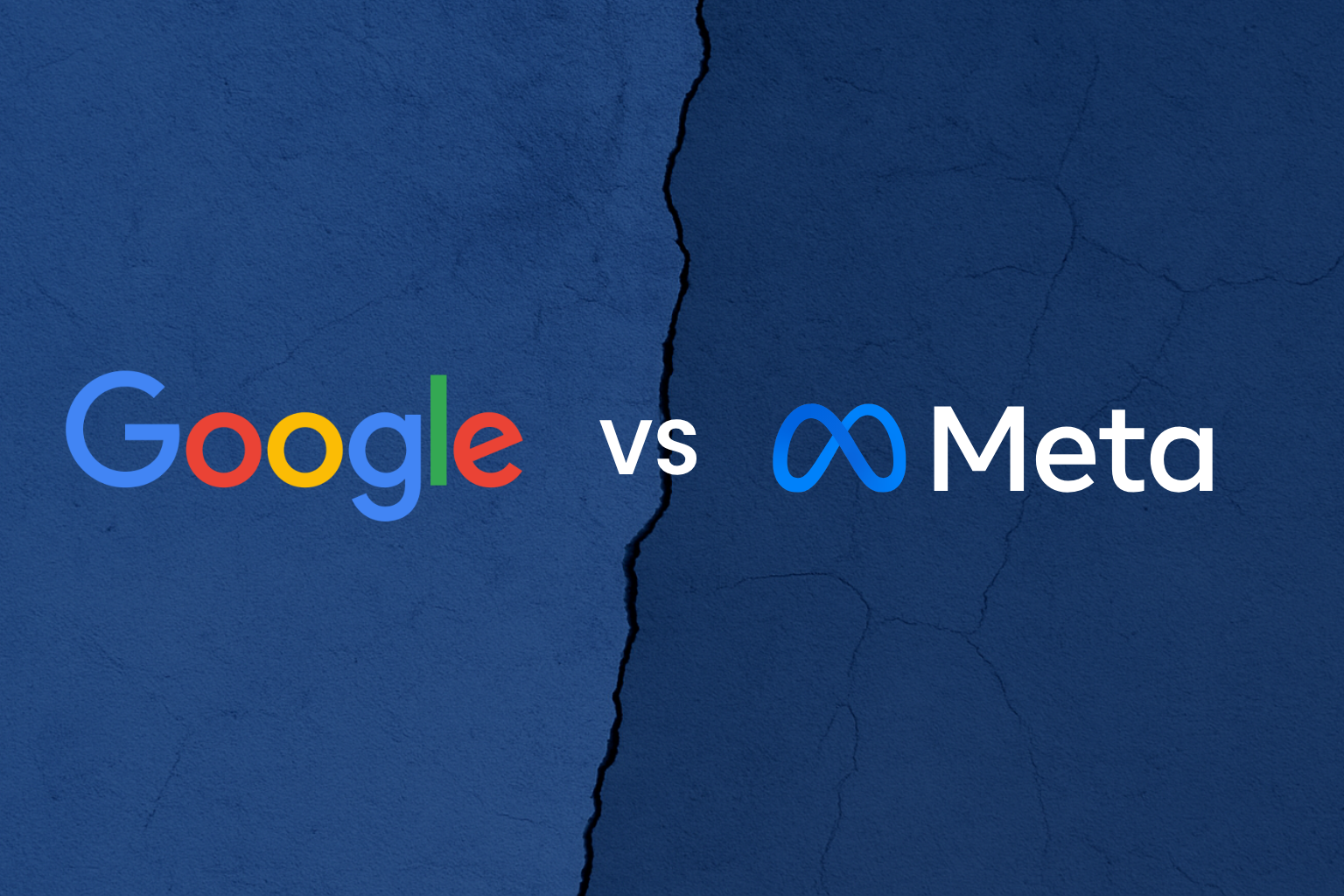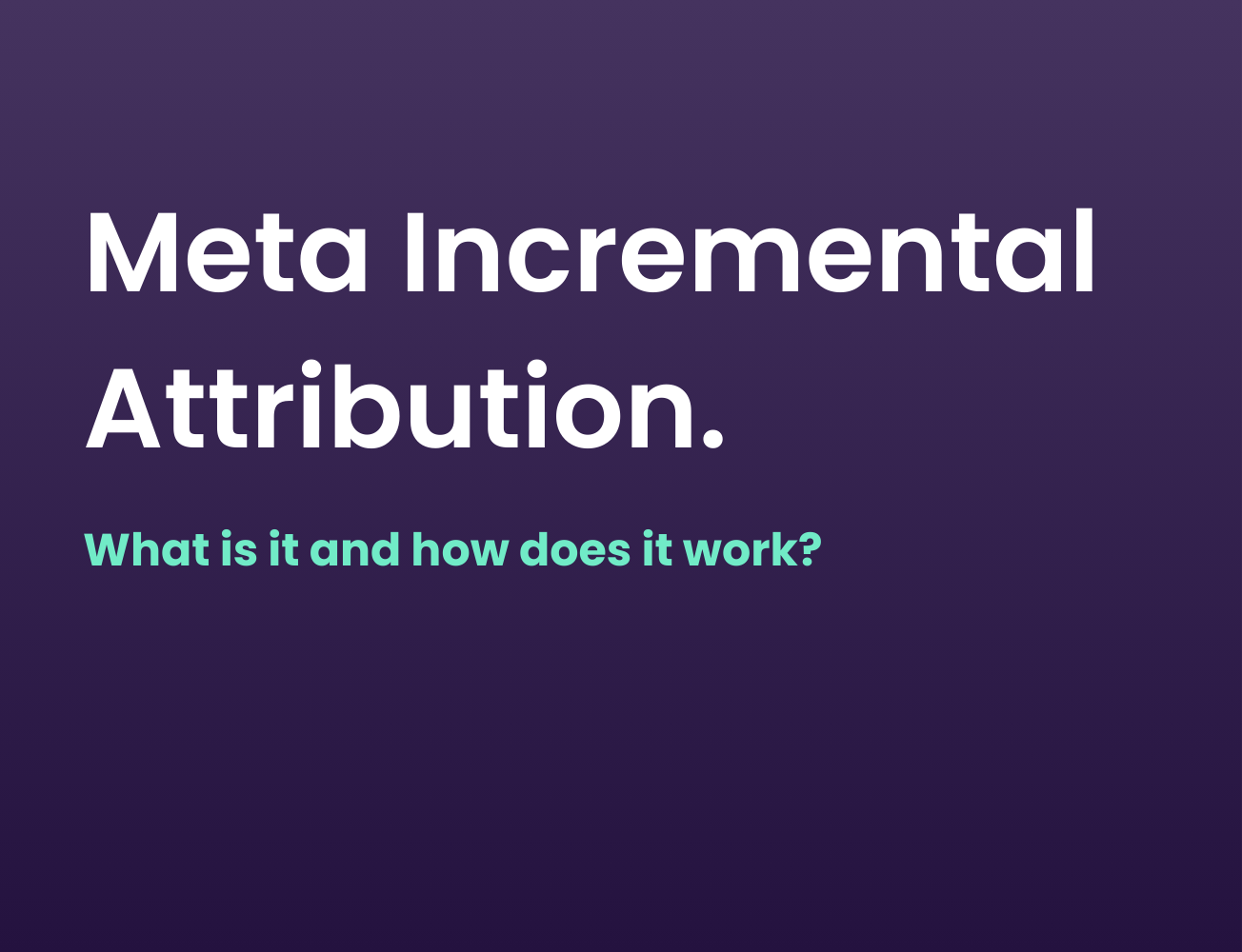There’s no doubt, Meta remains one of the most powerful platforms for e-commerce brands to drive traffic, conversions, and long-term growth.
However, with increasing competition, simply running ads isn’t enough, you need a structured approach that drives efficiency and scale.
Build a Structure That Exits Learning Quickly
Every ad set in your account needs 50 conversion events to get out of the learning phase...
And, whilst you’re in the learning phase you can expect performance to be volatile as the Meta algorithm is testing and learning to identify the best audience to go after.
However, having too many ad sets/groups can fragment spend, which then slows down the speed at which you’re getting out of learning.
Instead, streamline your account structure with fewer ad groups and more consolidated budgets.
This allows Meta’s machine learning to gather enough data quickly and get out the learning phase faster.
Upload Creatives Correctly for All Placements
It’s shocking how many brands are still missing this.
One of the simplest but most overlooked practices: ensuring creatives are properly formatted for all key placements, here are key ones you must have:
Square (For feed placements) - 1080x1080px
Portrait (For story and reel placements) - 1920x1080px
If your assets aren’t optimised for each placement, Meta may either crop them poorly or limit their reach.
At Adnomics, as an ecommerce marketing agency, we provide creative matrices and best practices that help brands and their design teams to produce the right assets.
Separate DPAs from Standard Creatives
Dynamic Product Ads (DPAs) are incredibly effective for remarketing and showcasing your product catalogue.
However, if DPAs are lumped into the same campaigns as your standard creative, often the DPAs hoover up all the spend, leaving not enough to properly test your standard ads.
By separating DPAs from your other standard creatives (Images, Videos…etc), you gain control over budget distribution and visibility, ensuring various creative formats get the attention they deserve.
Keep a Close Eye on Meta’s Enhancements
Whilst Meta calls them ‘enhancements’ more often than not they can be detrimental to performance.
A lot of the enhancements are driven by AI and can zoom in on product imagery, overlay music, adjust text or completely change creatives.
We often find them to be off-brand and just generally, not look great, so keep a close eye on which enhancements Meta is switching on and use them sparingly.
Review Product Performance by ID in DPAs
Many ecommerce brands don’t actually know which products are being prioritised within their Dynamic Product Ads (DPAs) on Meta.
In Ads Manager, select a dynamic product ad, go to ‘Breakdowns’ and select ‘Product ID’
You’ll now be able to see all the performance data (apart from conversion data) for each product, sort by highest spend to see what is being prioritised.
Regularly review performance at the product ID level and adjust your catalogue or feed rules. This ensures high-margin or best-selling products receive the majority of impressions.
Optimise Top-of-Funnel with Higher-Value Actions
Top of funnel (TOF) activity is critical to getting new eyeballs on your ecommerce brand.
But, at the end of the day, we don’t want to just be getting in front of new audiences for the sake of it.
Leverage higher-value conversion actions such as view content, video views or add-to-cart within your top of funnel campaigns. This will push Meta to target a higher quality audience who is more likely to engage with your site.
Leverage first-party data
With privacy changes and reduced signal visibility, first-party data has become invaluable for any ecommerce brand.
Importing customer lists from tools such as Klaviyo, Ometria or Bloomreach will allow you to:
- Exclude existing buyers from prospecting campaigns.
- Build high-quality lookalike audiences based on actual customer data.
- Focus retention campaigns on lapsed or lost existing customers, rather than targeting everyone.
Maximising Meta performance for ecommerce brands is about more than just ad spend - it’s about structure, creative execution, and data-led decision making.
If you’re looking for expert guidance, partnering with an experienced ecommerce marketing agency can help you implement these at scale.
.png)
.png)




.png)
.png)

.png)


.svg)
.svg)
.svg)
.svg)